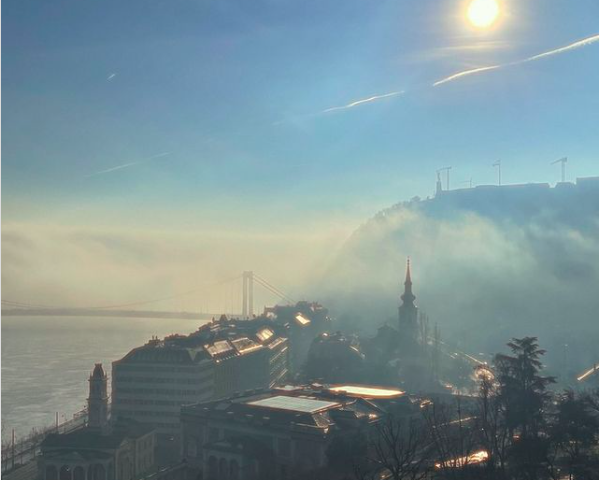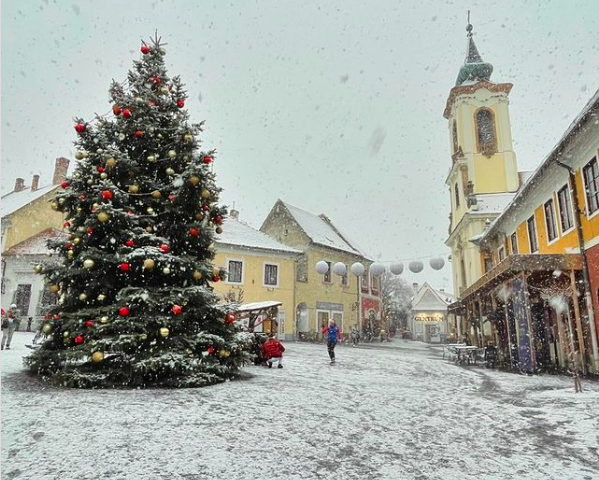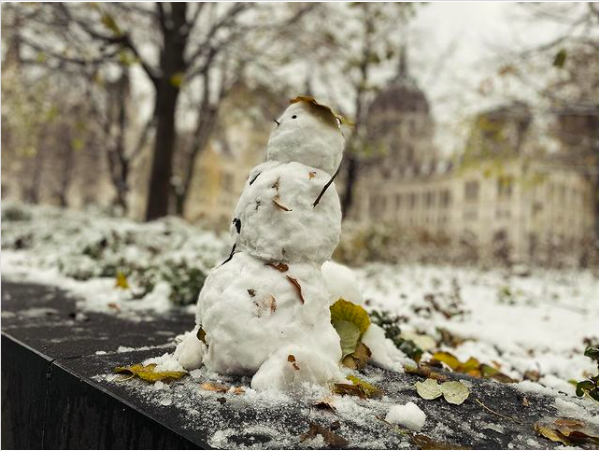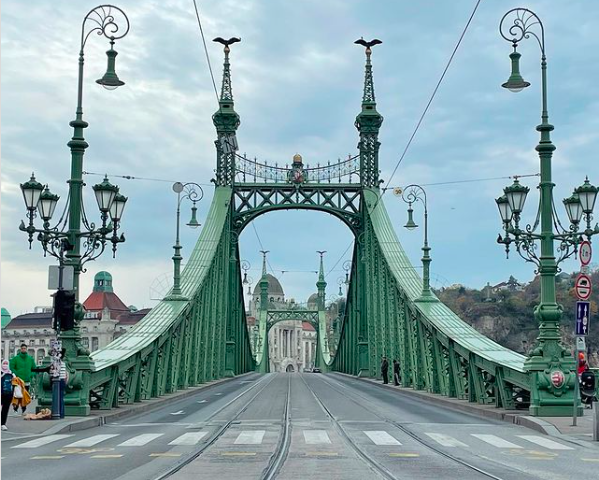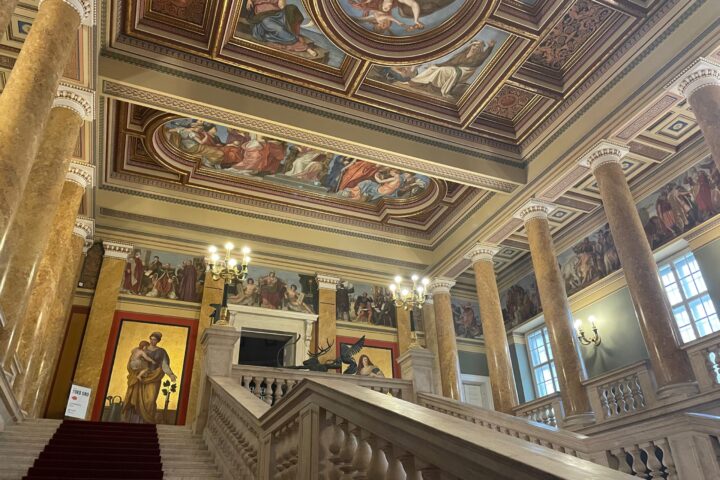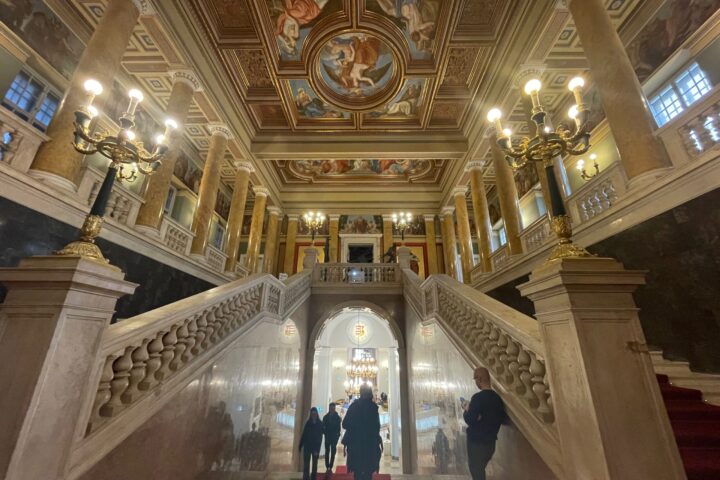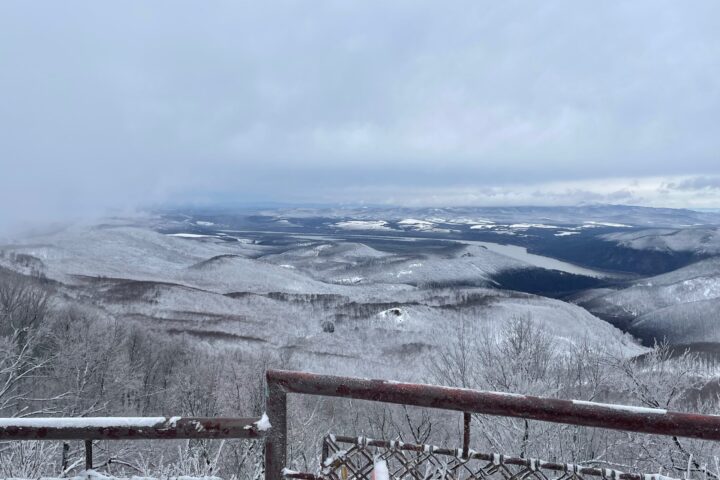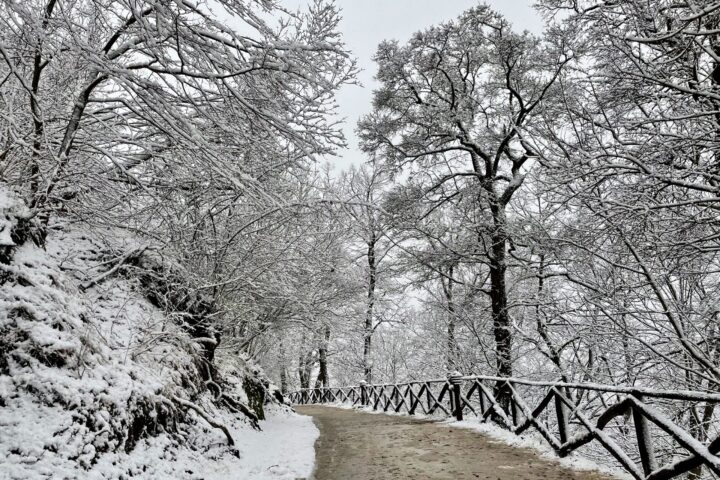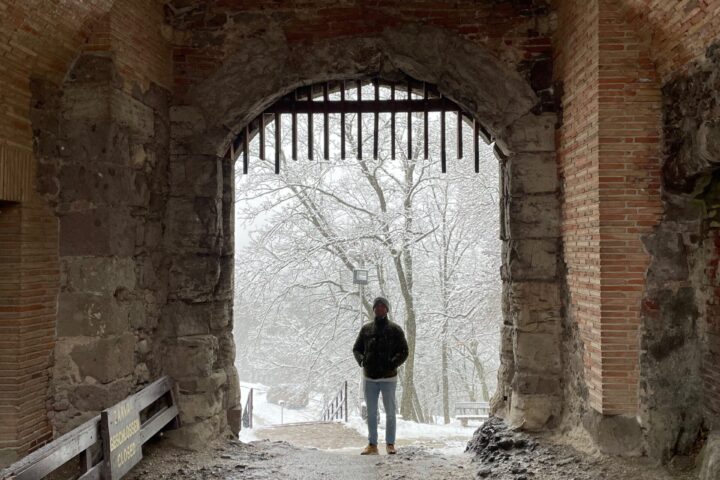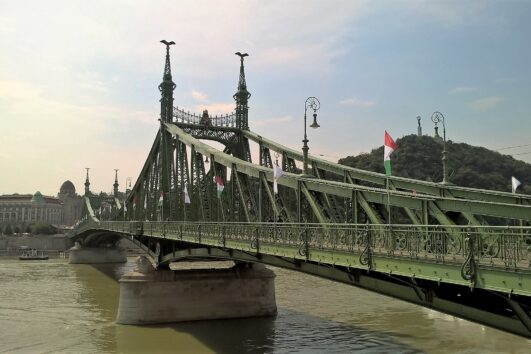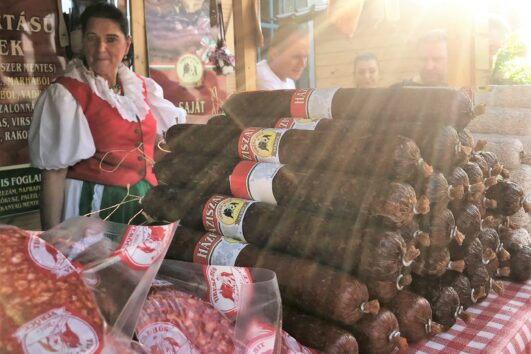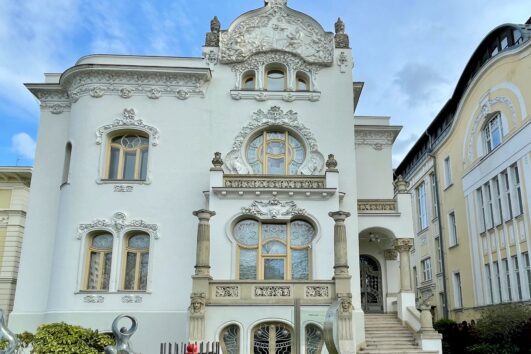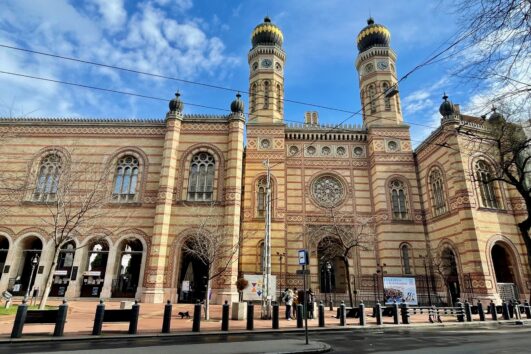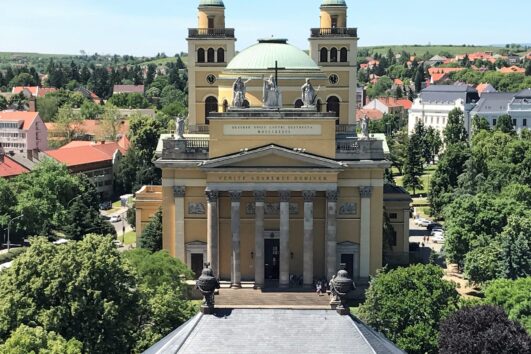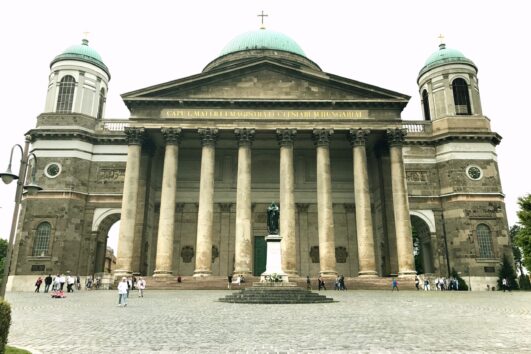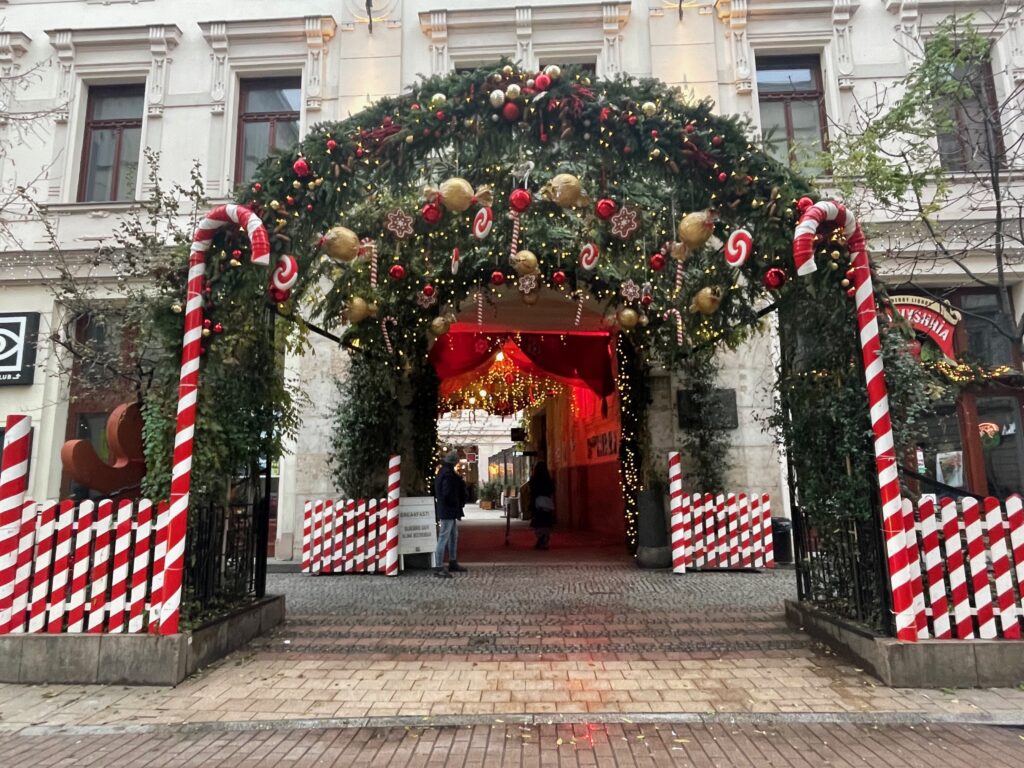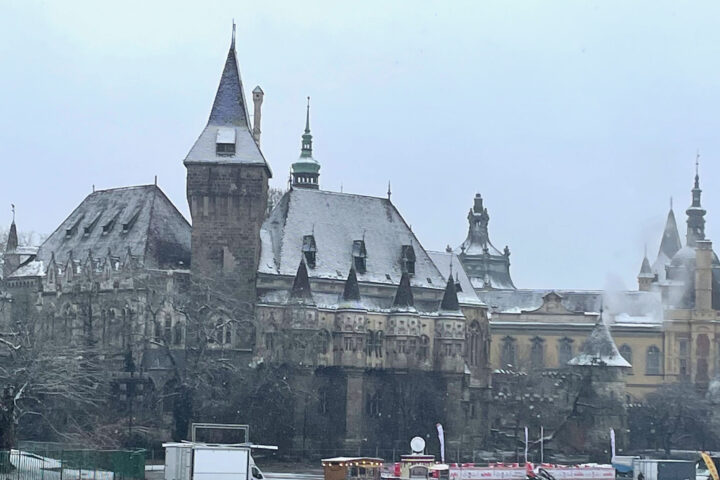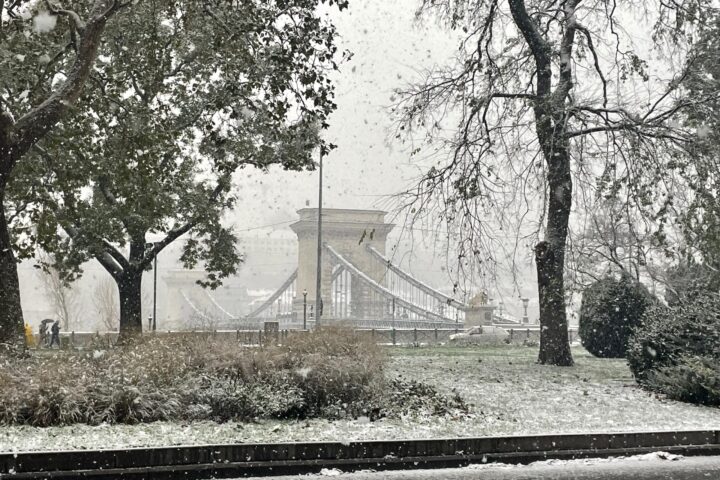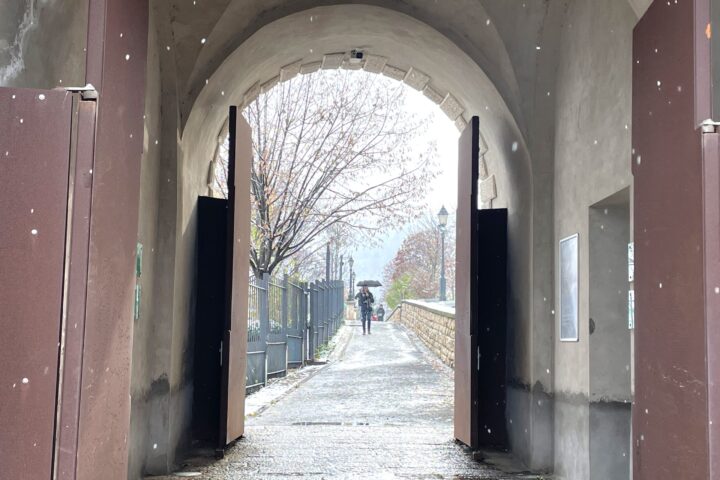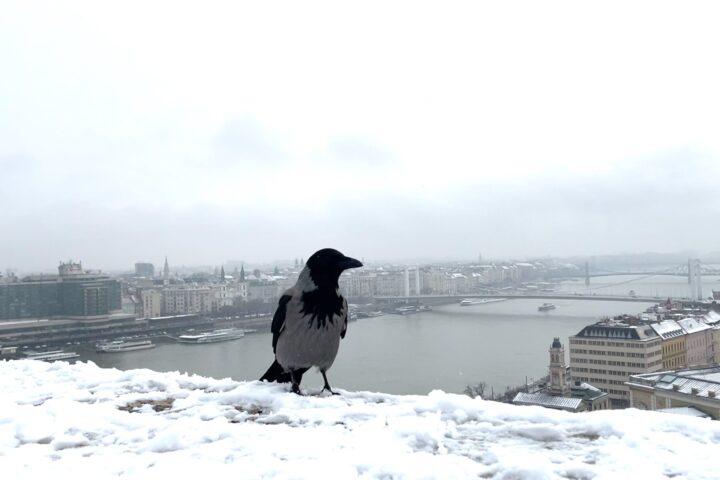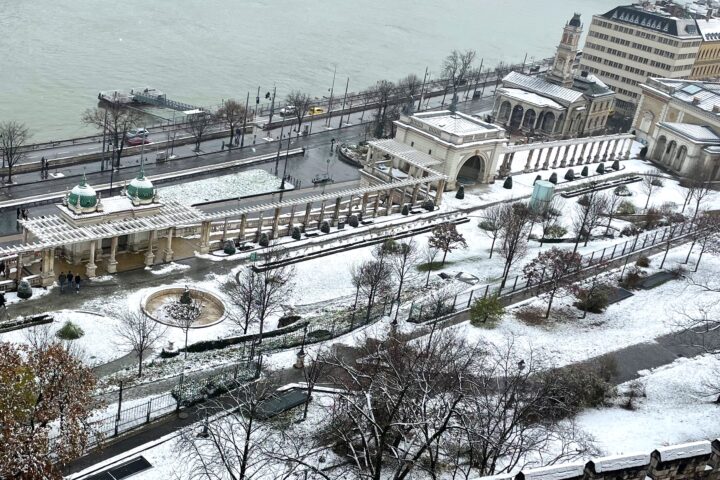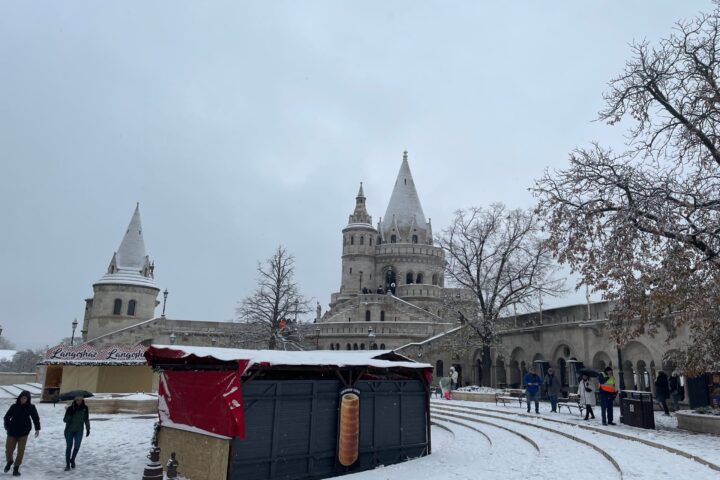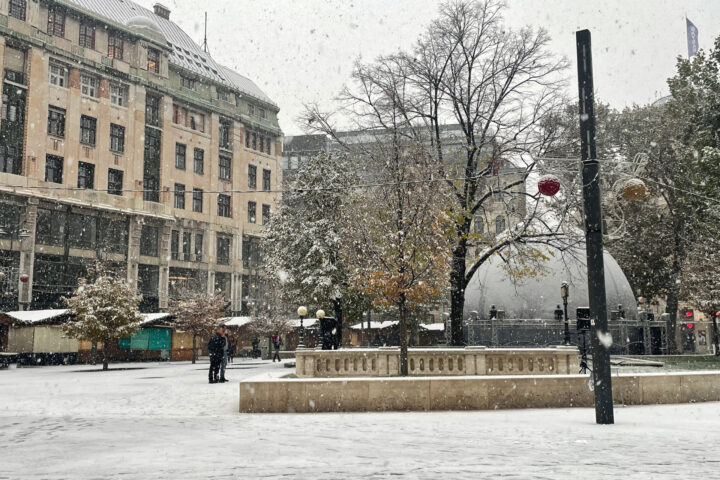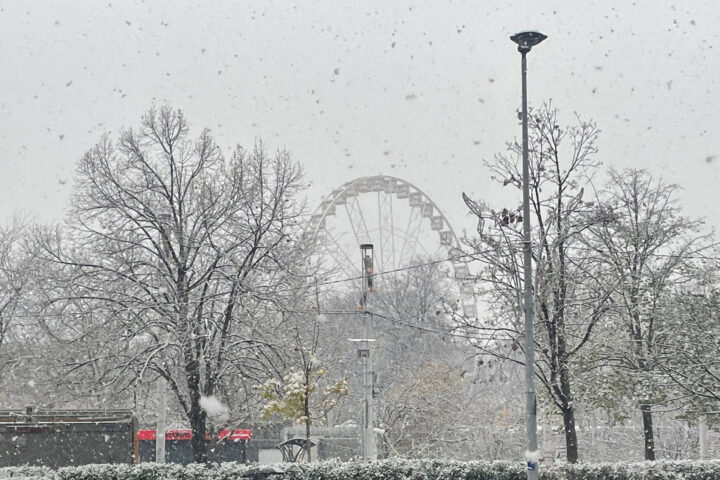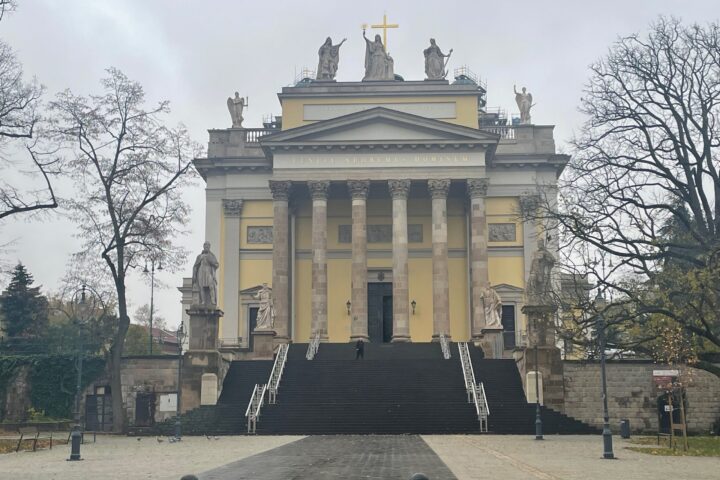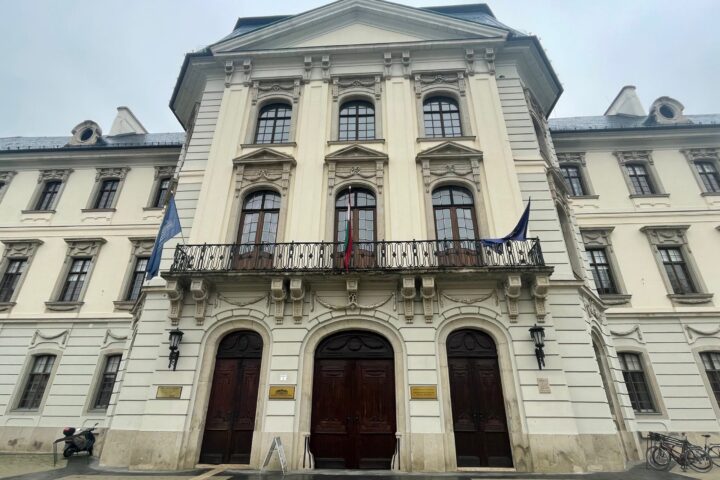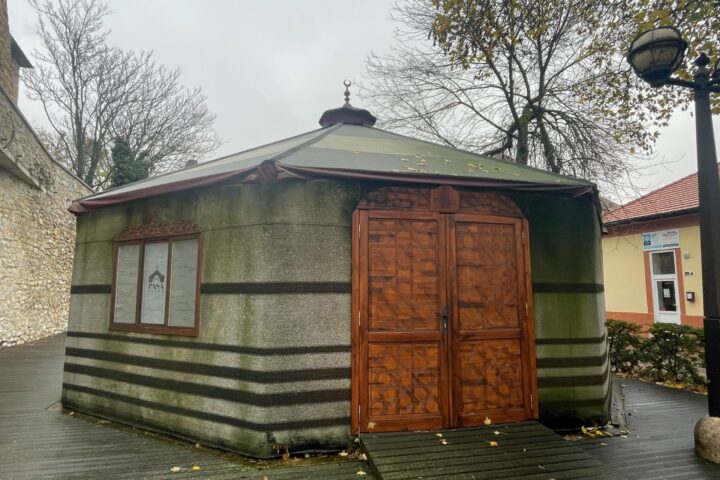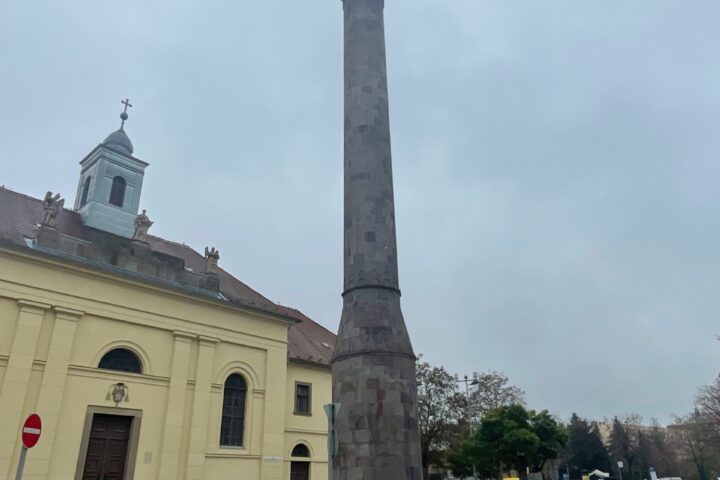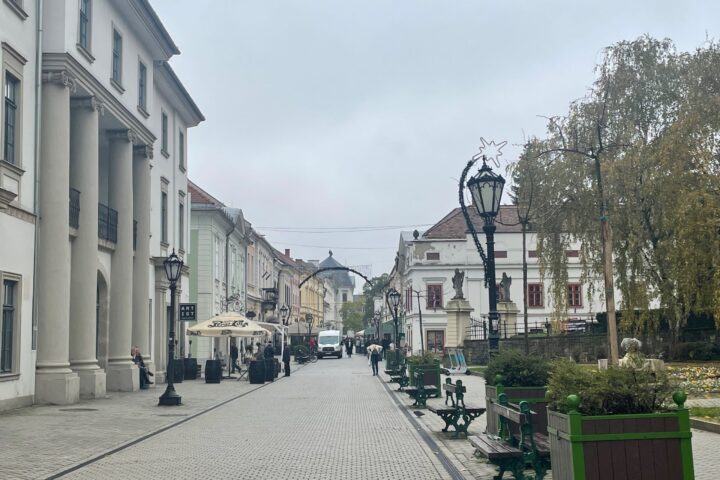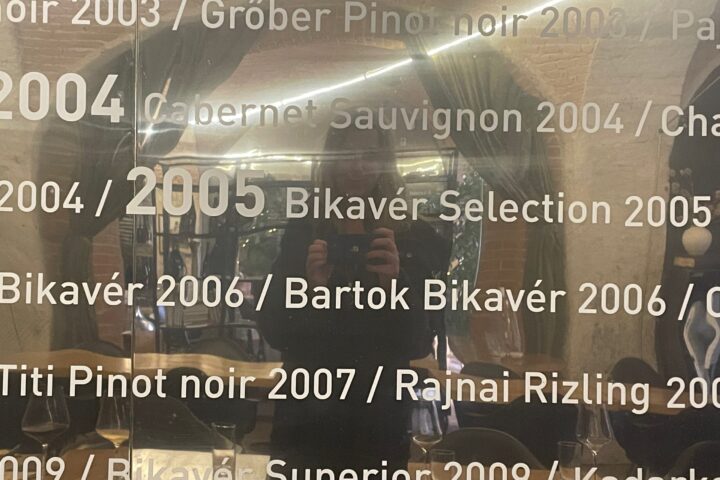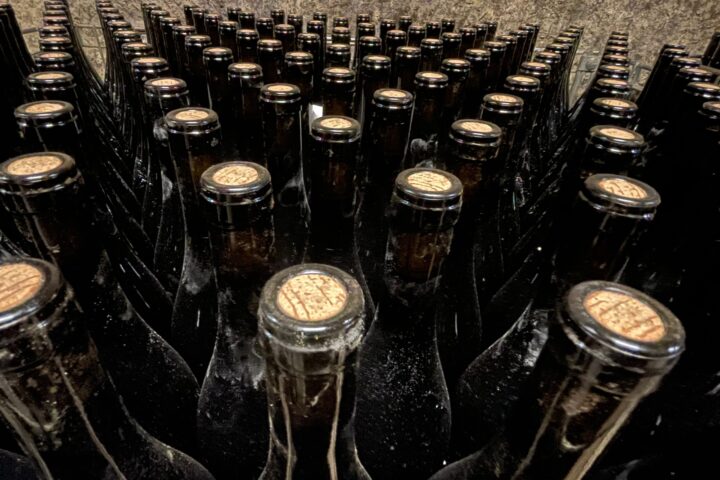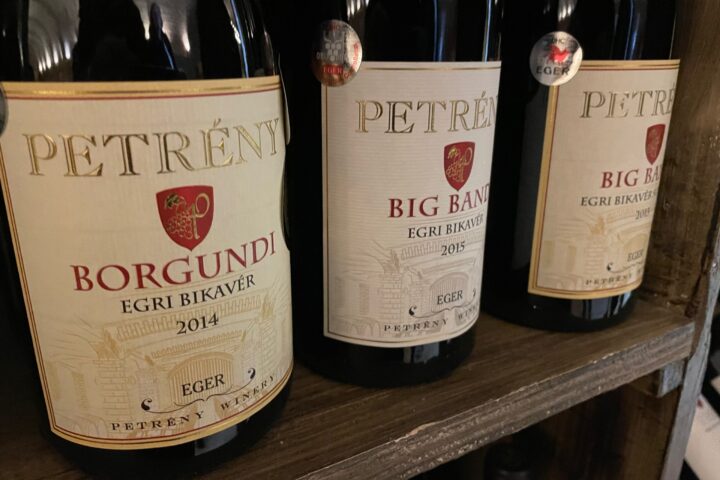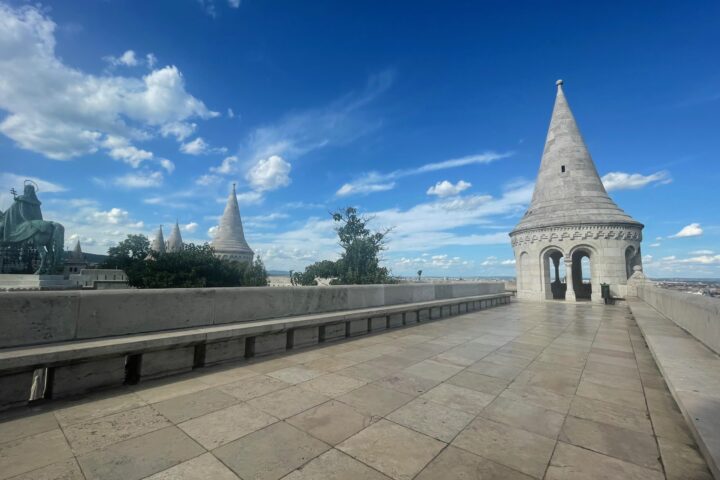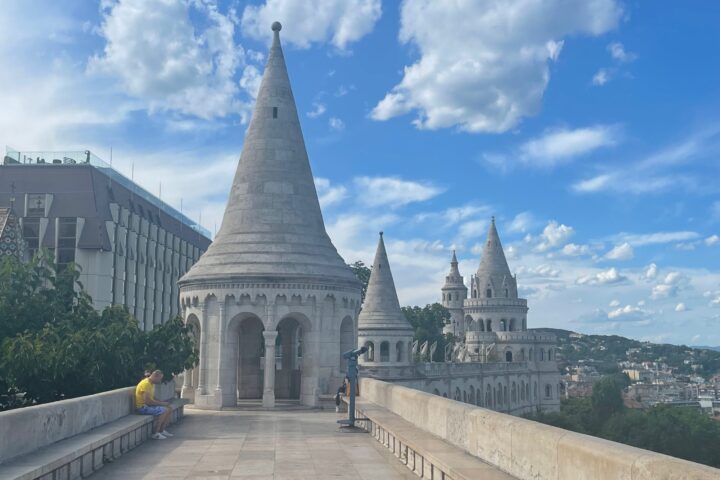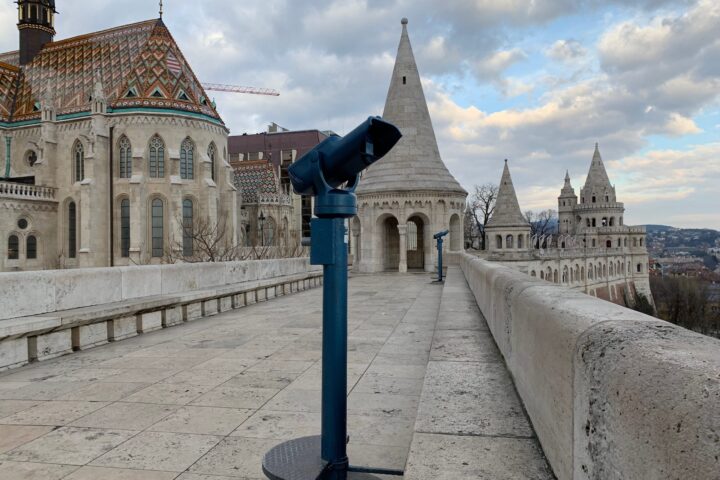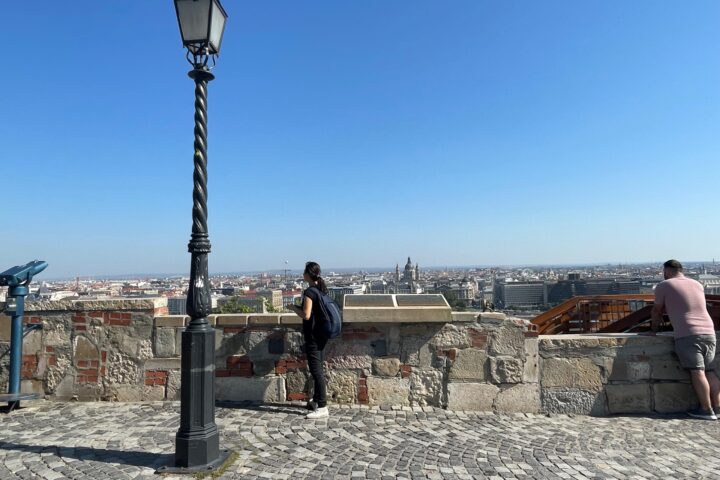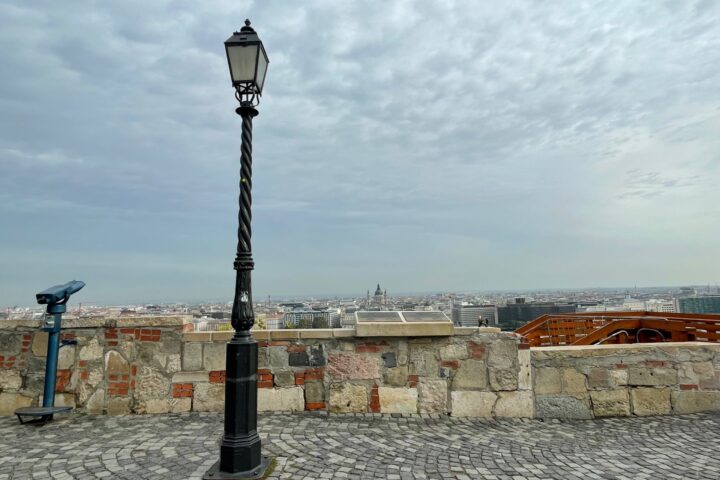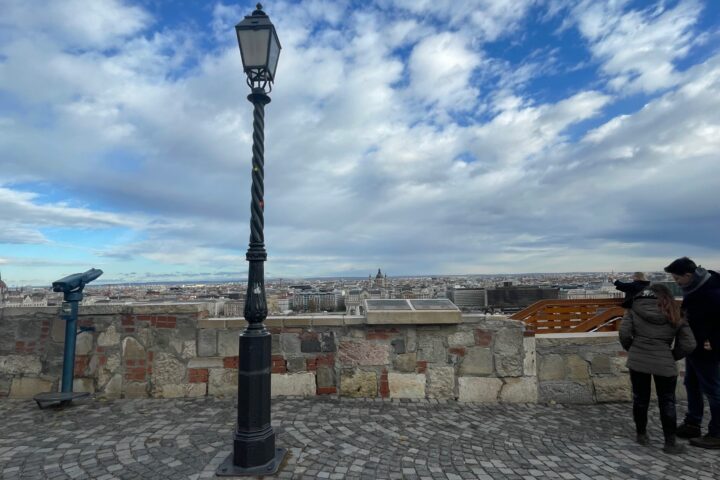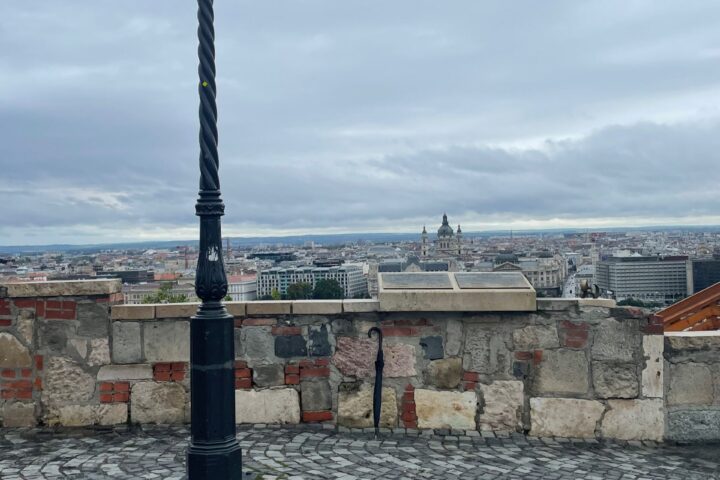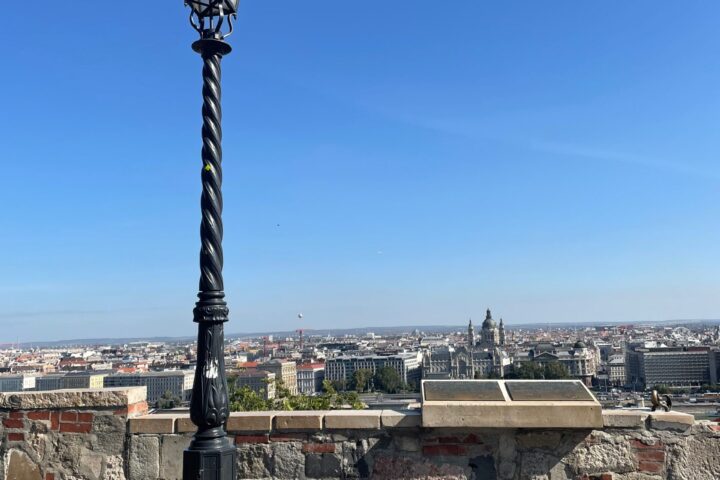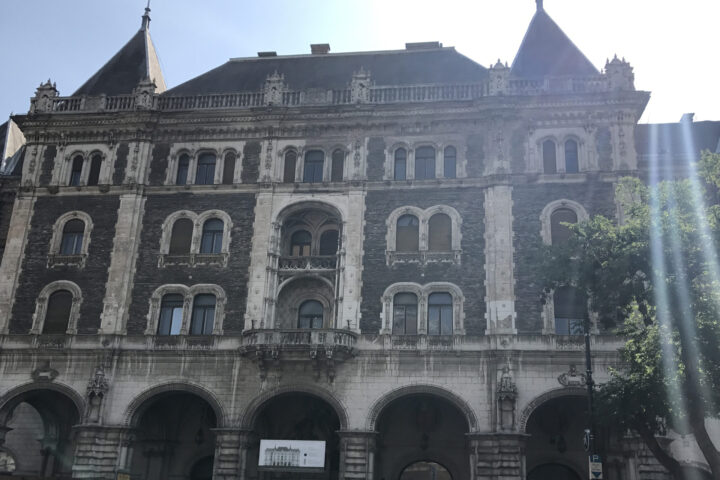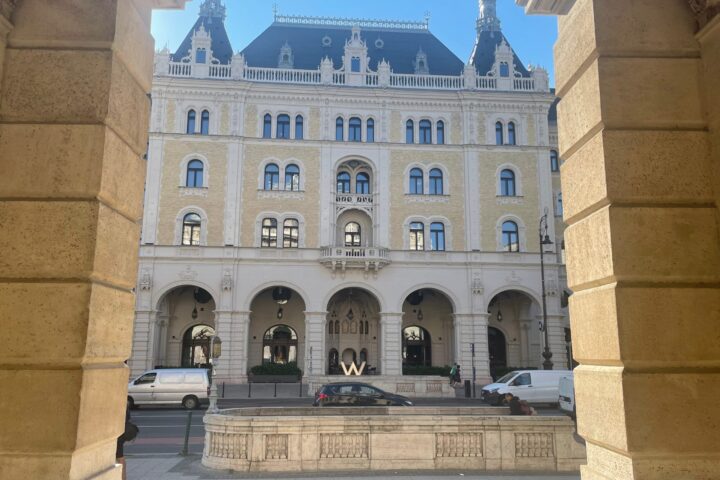The National Museum is one of the oldest museums of Budapest, founded by Ferenc Széchényi in 1802. It's one of my favourite museums in the city, not only because it's beautiful (both the outside and the interiors) but also because there is a beautiful garden around it which serves as a public park. The museum is a special place for Hungarian people, our entire history is on display in an easily digestible manner. The building is a special place for national pride and heritage, the 1848-49 Hungarian war of independence against the Habsburgs started here, poet Sándor Petőfi read his famous poem on the stairs of the museum. There are permanent and temporary exhibitions, the coronation robe of the Hungarian kings is on display here, too. A great place to spend a few hours in Budapest in the cold month of January.
The National Museum is one of the oldest museums of Budapest, founded by Ferenc Széchényi in 1802. It’s one of my favourite museums in the city, not only because it’s beautiful (both the outside and the interiors) but also because there is a beautiful garden around it which serves as a public park. The museum is a special place for Hungarian people, our entire history is on display in an easily digestible manner.
The building is a special place for national pride and heritage, the 1848-49 Hungarian war of independence against the Habsburgs started here, poet Sándor Petőfi read his famous poem on the stairs of the museum.
There are permanent and temporary exhibitions, the coronation robe of the Hungarian kings is on display here, too. A great place to spend a few hours in Budapest in the cold month of January.
